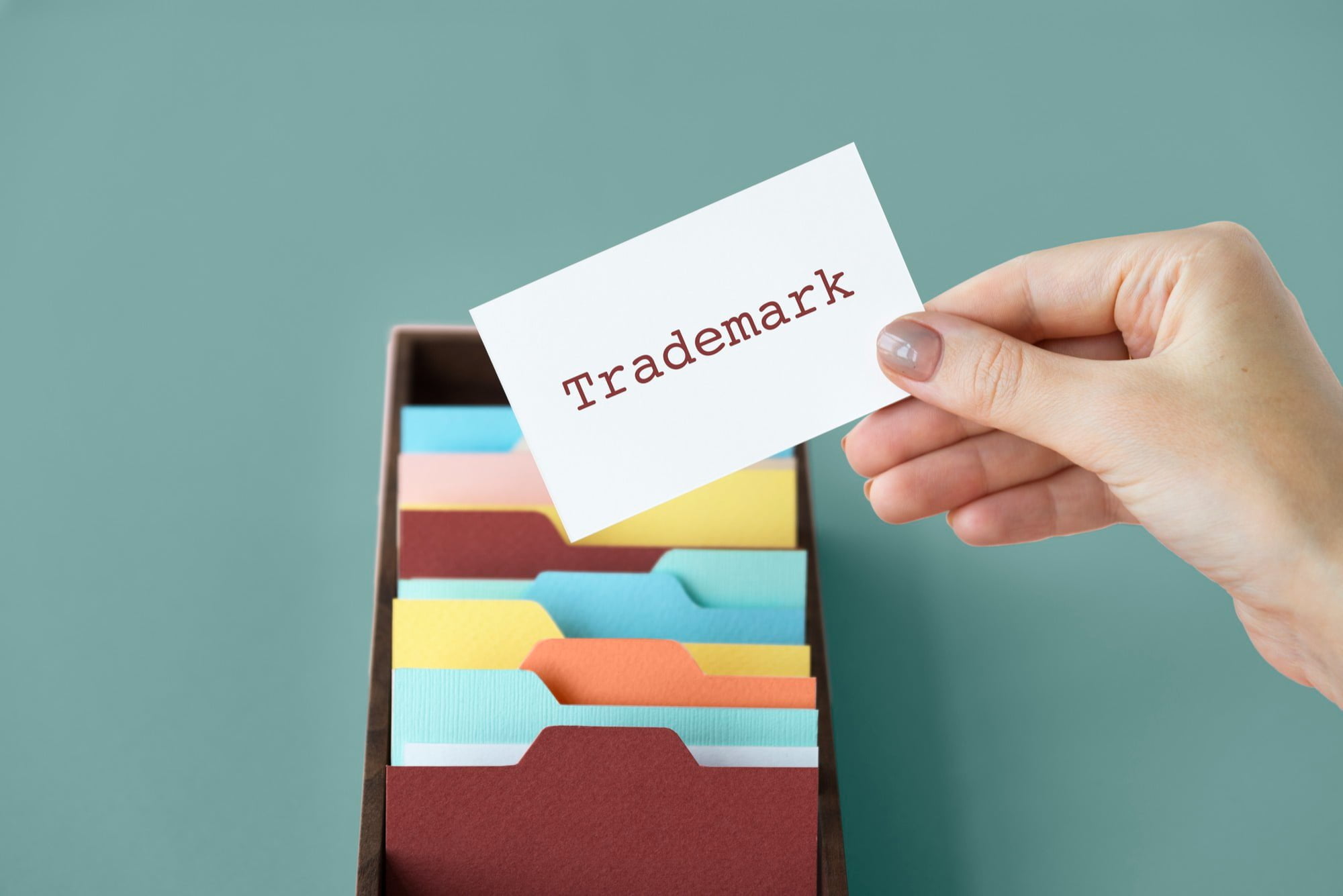Chemicals are frequently used for manufacturing by factories, but restricted due to the adverse impact on health and the environment. A number of companies who have operated or intend to do business relating to chemicals do not understand clearly and truly comply with conditions and laws. As a consequence of lacking awareness, numerous enterprises have been imposed administrative sanctions, and found themselves struggling doing their business.
This article of Apolat Legal aims to help companies find out thoroughly how chemical industry is governed and what issues are noteworthy.
Pursuant to the Decree No. 113/2017/ND-CP guiding the law on chemicals, chemicals are classified into the following groups:
- Chemicals which are subjected to no restrictions;
- Chemicals which are subjected to several conditions in production and trading;
- Chemicals which are restricted on production and trading;
- Dangerous chemicals required a plan to prevent and respond to chemical hazards;
- Chemicals which are required declaration;
- Banned chemicals.
Therefore, it is crucial that companies must classify chemicals in relation to which they intend to do their business at the first place. This is to determine in which groups the substances may fall and which licenses that need being granted. The classification is subjected to the Annex which is attached to the Decree No. 113/2017/ND-CP.
Additionally, companies must comply with the following general requirements for the safety during the production of and trade in chemicals:
1. Requirements on workshops and warehouses
(i) Workshops must satisfy the requirements prescribed in relevant national standards or technical regulations and suit the nature, scale and technology of chemical production and storage;
(ii) Workshops and storehouses must have emergency exits shown with signs and lights and convenient for exit, rescue and salvage in cases of emergency;
(iii) Air ventilation systems of workshops and storehouses must satisfy regulations and standards on air ventilation systems;
(iv) Lighting systems must comply with regulations to meet chemical production and storage requirements. Electric equipment in workshops and storehouses of flammable and explosive chemicals must satisfy standards on fire and explosion prevention and fighting;
(v) Floors of workshops and storehouses must be resistant to chemicals, stand chemical load and be anti-slippery, and have water drains;
(vi) Workshops and storehouses must have easy-to-see boards showing internal rules on chemical safety and warning signs suitable to the level of hazard of chemicals. Signboards of hazardous properties of chemicals must show information on chemical identification codes; warning icons and words. If a chemical has different hazardous properties, warning symbols must indicate all of such properties. In production areas with hazardous chemicals, there must be easy-to-see boards with specific instructions on their safe use;
(vii) Workshops and storehouses must have lightning protection systems or shall be built in lightning protection zones which are periodically inspected under current regulations;
(viii)For open-air chemical storage tanks, there must be surrounding embankments or other technical measures to prevent chemicals from release into the environment upon occurrence of chemical incidents, as well as measures to prevent and fight fires and explosions and prevent lightning;
(ix) Workshops and storehouses must fully satisfy the conditions on fire and explosion prevention and fighting, environmental protection, and occupational safety and health under relevant laws.
2. Requirements on technology, equipment, tools and packaging
(i) Chemical production technologies shall be selected to ensure minimum chemical incidents and environmental pollution, and ensure fire and explosion prevention and fighting;
(ii) Technical equipment must satisfy general requirements on safety according to national standards or technical regulations, be suitable to types of chemicals and technological processes, and meet chemical production capacity and trading scale. Machinery, equipment and supplies subject to strict requirements on occupational safety and health and measuring and testing equipment shall be inspected, calibrated, adjusted and maintained under current regulations on machinery and equipment inspection;
(iii) Containers and packaging must be tight, firm and durable against the impacts of chemicals and weather and normal impacts upon loading, unloading and transportation. Used packaging shall be preserved separately. Chemical packaging establishments shall check packaging and containers and clean used packaging to prevent reactions and fire and explosion. Used containers and packaging that will not be reused shall be collected and disposed of in accordance with the law on environmental protection;
(iv) Containers and packaging containing chemicals must have labels with full contents as required by regulations on chemical labeling. Chemical labels must be conspicuous and easy to read and durable against the impacts of chemicals and weather and normal impacts upon loading, unloading and transportation.
3. Requirements on storage and transportation of chemicals
(i) Hazardous chemicals shall be kept in separate areas and arranged by their properties. Chemicals likely to react with one another or subject to different requirements on chemical safety or fire and explosion prevention and fighting may not be kept in the same place;
(ii) Stored chemicals shall be preserved under current national standards or technical regulations, ensuring safety and convenience for response to chemical incidents;
(iii) The transportation of chemicals must comply with regulations on transportation of hazardous goods.
4. Professional requirements on chemical production and trading
(i) Organizations and individuals engaged in chemical production and trading shall arrange person in charge of chemical safety who possess professional qualifications relevant to the scope and type of chemical production and trading and thorough knowledge about technologies and chemical safety plans and measures;
(ii) Employees directly engaged in chemical production and trading must possess professional qualifications relevant to their assigned tasks;
(iii) Persons directly administering production activities of hazardous chemical-producing facilities must have a university or higher degree in chemistry.
5. Requirements on division and packaging of chemicals
(i) Chemicals shall be divided and packaged at places satisfying the conditions on fire and explosion prevention and fighting, environmental protection and occupational safety and health under relevant laws;
(ii) Equipment for division and packaging of chemicals must satisfy general requirements on safety under current national standards and technical regulations. Machinery, equipment and supplies subject to strict requirements on safety and measuring and testing equipment shall be inspected, calibrated, adjusted and maintained under current regulations on inspection of machinery and equipment;
(iii) Packaging, containers and labels of chemicals used for divided or packaged chemicals must satisfy the requirements specified in Clause 3, Article 5 of this Decree;
(iv) Workers who personally divide and package chemicals shall be trained in chemical safety.
All of the above are fundamental conditions that a chemical company must obey. In the next article, Apolat Legal will discuss licenses and procedures which are applied to each specific group of chemicals.
If you have any questions or require any additional information, please contact Apolat Legal – An International Law Firm in Viet Nam.
This article is for general information only and is not a substitute for legal advice.





































